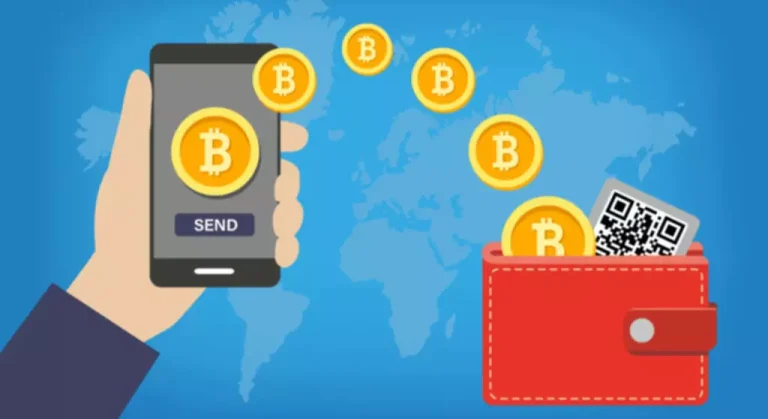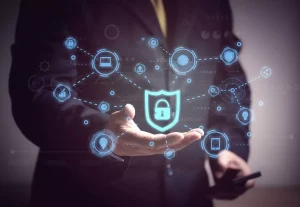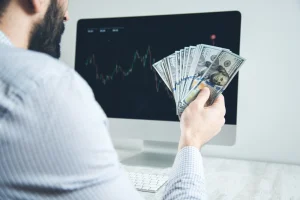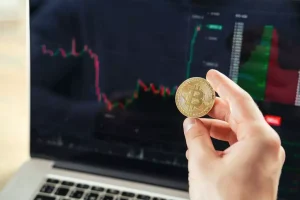So you already decided to get into trading cryptocurrencies. You have already imagined what it would be like reaping the rewards from trading your digital assets–how you can use it for purchase and ultimately grow your investment portfolio. Volatility? Nah all trading activities are a gamble, you can always rise to the occasion. But then, after buying your first crypto, you no longer know what to do next. Maybe you’d be placing it somewhere or be getting some more from another trader. And while not as easy as making credit card payments, the act of either sending or receiving cryptos will definitely become second nature for the initiated. To help you out, here is a short feature on how you can start without breaking a sweat.
The Importance of Starting to Transact With Digital Currencies
Before anything else, let’s get into the reasons why you should go into the process of giving and getting cryptocurrencies. Primarily, crypto traders opt to send digital currencies between wallets. The trader may also be privy to rewards or payments through these exchanges. With these in the mix, going about the processes need to be done with utmost care.
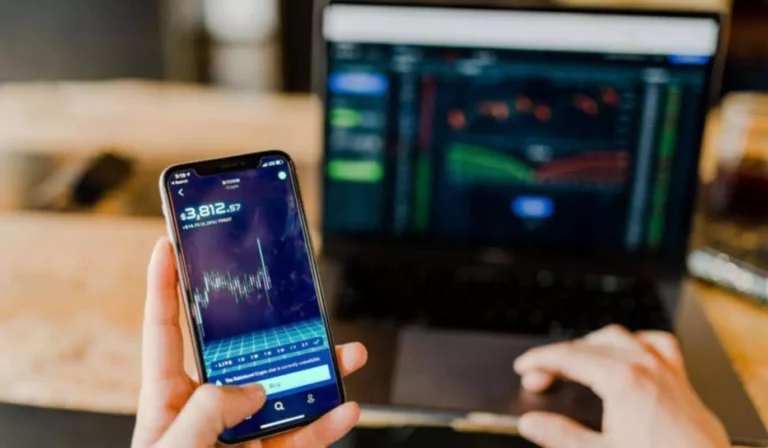


Turnkey Brokerage Solution For Your Business
Get the most profitable fully licensed fx/crypto brokerage software or ready-to-operate business in 48 hours. Best-in-class web & mobile trading platforms, sales-driven CRM, full integration with MT4/5, and 150+ payment providers.
Fundamentals
There is a recommendation to setup a selection of wallets and the conduct of multiple trials with a minimal amount of cryptocurrencies. For these to be accomplished, two (2) devices are needed. These may be any of the following pairs:
- Two phones
- A phone and a desktop or laptop unit
- Two wallets within a single phone
Practicing through the QR code and the copy-paste function is recommendable. This will be elaborated later.
Easy Processes
The Actual Process # 1: Sending
The process for each token holder differs with every crypto. But the main procedures stand:
- A wallet with cryptocurrency is required to start. A selection of wallet options are available to you, you just have to pick one. Once this had been chosen, hit “Send” on the application’s interface.
- Choose the cryptocurrency that you would sending should you have other cryptos in your wallet. Again, as it depends on the platform used, this step and step one may be interchanged.
- Either the Public key or the public address of the party receiving your crypto would be required. This may come through the QR code or a set of alphanumeric code. You may either scan the QR code or copy the public address and paste it on the field of receiver within your wallet of choice.
- Key-in the amount you are going to send, although there are times that the QR code will be including the amount being requested. Should this be true, then just check for correctness.
- Look into the address again just to be sure of correctness; be certain of the reliability of the source you had gotten the information from. Bear in mind that once you had chosen to send the crypto, the transaction is final and would not be, in any way, be reversed.
- Swipe “Send”. This confirms the success of the transaction.
For your reference, examples of addresses are sampled below:
Bitcoin: 2Bn9PjWsFw8B2AEE76AQE9ksUS8C2f9A1
Ethereum: 3xf902fdfwLLEbhagE81bBA106d667cCF36BcT2jLTm
On the other hand, the Private keys vary; no two keys are alike. You are of course prohibited from sharing your private keys in any capacity.
For those who are just starting out, it would do you well to conduct tests in sending cryptos by sending small amounts. You should also be certain if the token corresponds with the address that you aim at sending it to. For instance, sending a BTC to an ETH address would prove virtually impossible as the token would not be sent at all.
The Actual Process # 2: Receiving
If you are the one to receive cryptocurrency from another source, make sure to share your address or your key. If you are using a QR code you may take a picture of it and send it to the sender
The sender, as an expression of respect may send you the transaction ID. What this permits is the ability to search for the transaction through a block explorer.
The Use of Exchanges When Sending Tokens
Upon using exchanges, the first thing to be noted here are the buttons for deposit and withdrawal on the interface of the exchange. More often than not, it sits beside the token.
The steps need to be followed with close scrutiny for the certainty and correctness of the transaction. Some of the steps tend to be really specific and exclusive to the exchange that you have chosen to make the transaction through. With some exchanges a message is required, with some, only whole numbers of coins are allowed to be sent. In addition, you need to be prepared with the authentication codes that are utility to your transactions.
Possible Issues When Sending Cryptocurrencies
It is completely possible for some transactions not to get through. Before assuming the worse, you should wait patiently for the result as it varies. It may be completed instantly or within a few minutes.
Transacting Through Exchanges
There are numerous cryptocurrency exchanges out in the market by which you can conduct your sending and receiving transactions. These would be used for the conversion of one crypto coin type to another crypto type.
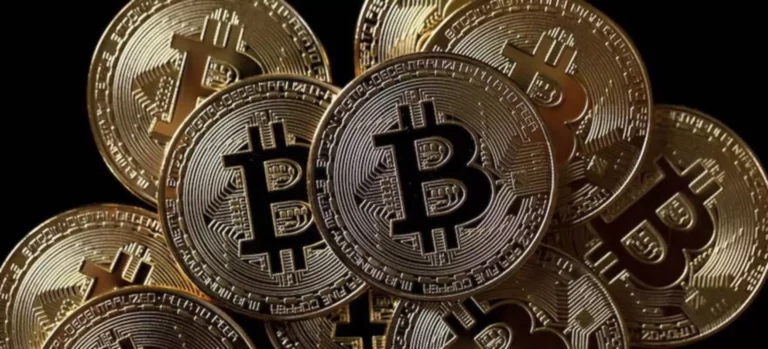
The Takeaway: The Ease of Sending and Receiving Cryptocurrencies
One thing that should be noted by cryptocurrency traders is that they should be careful with the details of the wallet address that they would be using. Should you fail to input the correct address for the recipient, the crypto will go into complete waste as it will not go anywhere. The coin that had been attempted to be sent would remain in a vacuum and there would simply be no way of recovering them.
Once this is prevented, the entire process of sending the coins across different addresses, regardless of the medium would prove convenient. But of course, the crypto holder must bear in mind that the process, as expressed in an earlier segment is a case to case basis. Some of the exchanges would demand different methods or ask for more information for the purpose of validation. While these stand, the general steps would prove helpful to both the the sender or receiver.
